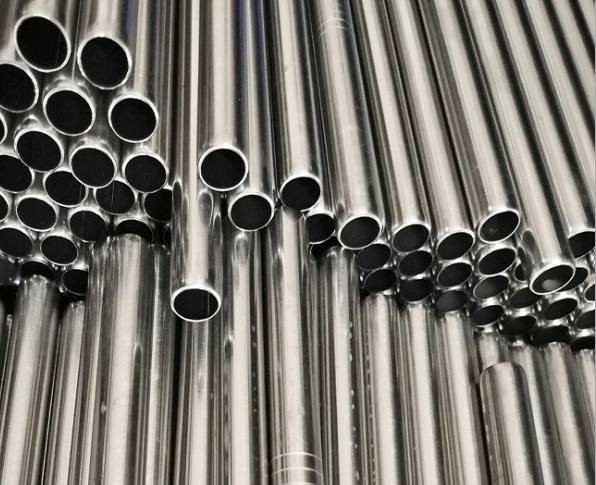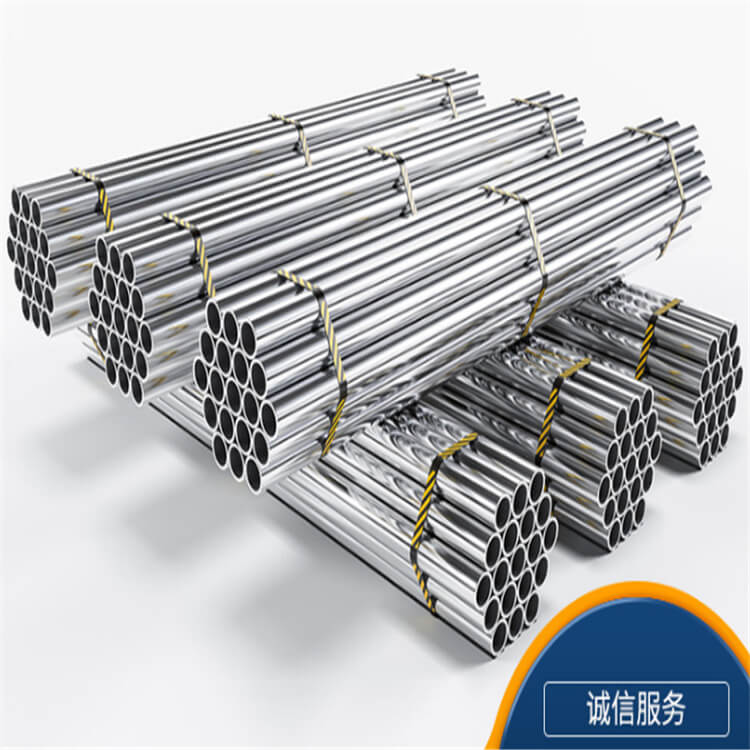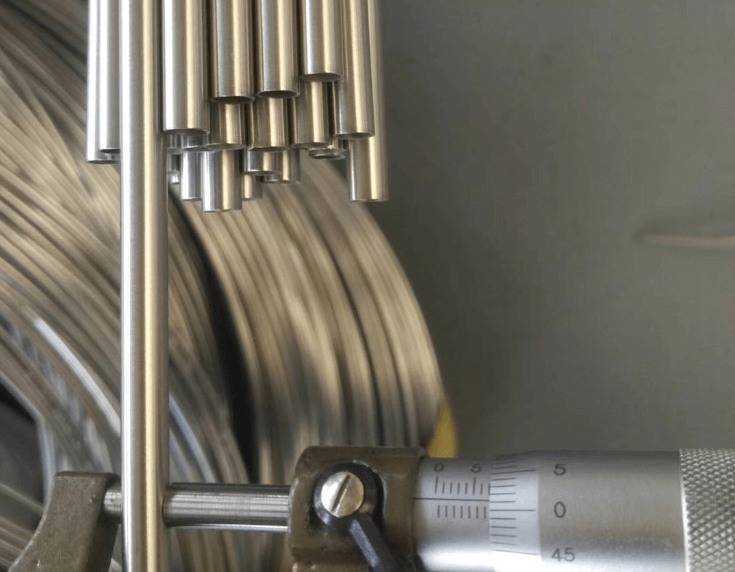Stainless steel is a popular material used in a variety of applications due to its durability, strength, and resistance to corrosion. Stick welding, also known as Shielded Metal Arc Welding (SMAW), is a common welding method used for joining stainless steel pipes. Stick welding can be a bit challenging, but with the right tools, equipment, and techniques, you can create strong and durable welds. In this article, we will guide you through the steps of how to stick weld stainless steel pipe.
Introduction
Stick welding is a type of arc welding that uses a consumable electrode coated in flux to produce the arc and create a molten weld pool. The flux creates a shielding gas that protects the weld from the surrounding air and other contaminants. Stainless steel welding requires careful preparation and execution to ensure quality welds. In this guide, we will explain the steps required to stick weld stainless steel pipe.
Understanding Stick Welding
Stick welding is a type of arc welding that is versatile and easy to use. The process uses a consumable electrode made of a metal core wire coated in a flux material. The electrode is held in a clamp, which is connected to the welding machine. When the electrode touches the workpiece, an electric arc is created, which heats the metal and melts the flux. The molten flux creates a shielding gas that protects the weld from the surrounding air and other contaminants.
Preparing the Welding Equipment
Before you start welding, you need to prepare your equipment. Here are the steps to follow:
- * Get a welding machine that is suitable for welding stainless steel.
- * Choose the right electrode for the job. For welding stainless steel, you need to use an electrode that is specifically designed for stainless steel. The most common electrodes are E308, E309, and E316.
- * Get a welding helmet, gloves, and other protective gear.
- * Make sure the welding machine is plugged in and turned on.
- * Check the electrode holder, ground clamp, and cables for damage.
Preparing the Stainless Steel Pipe
The first step in stick welding stainless steel pipe is to prepare the surface. Here's what you need to do:
- * Clean the surface of the stainless steel pipe using a wire brush or a grinder to remove any rust, paint, or other debris.
- * Be sure to remove any oil, grease, or other contaminants from the surface. You can use a degreaser or alcohol to clean the surface.
- * Once the surface is clean, use a metal file or sandpaper to smooth out any rough edges or burrs.
Setting up the Welding Machine
Setting up the welding machine correctly is critical to producing a quality weld. Here's what you need to do:
- * Set the amperage on the welding machine to the recommended level for the electrode you are using.
- * Adjust the electrode holder and ground clamp so they are securely attached to the machine and the workpiece.
- * Make sure the polarity of the electrode is correct. For stick welding stainless steel, you need to use direct current electrode positive (DCEP).
- * Adjust the arc length to the recommended level. The arc length should be approximately equal to the diameter of the electrode.
Starting the Stick Welding Process
Now that you have prepared your equipment and the stainless steel pipe, it's time to start the stick welding process. Here are the steps to follow:
- * Hold the electrode holder at a 90-degree angle to the surface of the stainless steel pipe.
- * Strike an arc by tapping the electrode against the pipe and quickly pulling it back. This should create a bright and steady arc.
- * Move the electrode in a circular motion, keeping the arc length consistent. Make sure you maintain a steady speed to avoid creating uneven welds.
- * As you move the electrode along the pipe, keep the tip of the electrode slightly ahead of the molten weld pool. This will help you control the size of the weld bead and prevent undercutting.
- * Continue welding along the length of the joint, maintaining a consistent arc length and speed.

Tips for Achieving Quality Welds
Here are some tips that can help you achieve quality welds when stick welding stainless steel pipe:
- * Keep the stainless steel pipe and electrode clean and free from contamination.
- * Maintain a consistent arc length and speed.
- * Use the correct electrode for the job.
- * Choose the right amperage setting for the electrode you are using.
- * Keep the electrode in good condition and replace it when necessary.
Common Mistakes to Avoid
Stick welding stainless steel can be challenging, especially if you are new to the process. Here are some common mistakes to avoid:
- * Welding too hot or too cold can create a weak weld or cause the stainless steel to warp or crack.
- * Not cleaning the surface of the stainless steel pipe properly can lead to contamination and poor weld quality.
- * Welding too fast or too slow can cause uneven welds and create weak spots.
- * Not using the right electrode can lead to poor weld quality or even cause the electrode to stick to the stainless steel pipe.
Cleaning and Finishing the Weld
Once you have completed the stick welding process, you will need to clean and finish the weld. Here's what you need to do:
- * Use a wire brush or grinder to remove any excess flux or slag from the surface of the weld.
- * Smooth out any rough edges or burrs using a metal file or sandpaper.
- * If necessary, use a stainless steel cleaner or polish to restore the appearance of the weld.
Safety Precautions
Stick welding can be hazardous if proper safety precautions are not taken. Here are some safety tips to follow:
- * Wear protective gear, including a welding helmet, gloves, and an apron.
- * Keep your work area clean and free from clutter.
- * Ensure proper ventilation to avoid inhaling welding fumes.
- * Avoid welding near flammable materials or in confined spaces.
- * Turn off the welding machine and disconnect the power supply when not in use.
Conclusion
Stick welding stainless steel pipe can be a challenging task, but with the right tools, equipment, and techniques, you can create strong and durable welds. By following the steps outlined in this guide, you can ensure that your stick welding projects are completed safely and to a high standard of quality.





